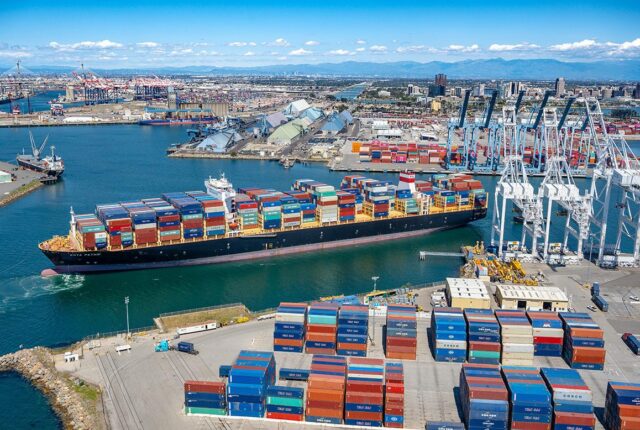
Environmental Sustainability and Supply Chain Optimization
As consumers become more aware of the environmental impact of the products they buy, businesses are under increasing pressure to adopt sustainable practices in their supply chains. The concept of supply chain optimization has gained importance in recent years, with businesses striving to make their operations more efficient and cost-effective. However, this optimization should not come at the expense of the environment. Instead, environmental sustainability and supply chain optimization must be considered together to ensure a long-term, sustainable future.
Supply chain optimization involves analyzing and streamlining the entire supply chain, from raw materials to the finished product. This process can help businesses reduce costs, increase efficiency, and improve customer satisfaction. However, it is important to consider the environmental impact of each stage of the supply chain. For example, reducing transportation costs by using trucks rather than trains may be more cost-effective, but it can lead to higher carbon emissions. Similarly, sourcing materials from cheaper but environmentally damaging sources may negatively impact the environment in the long run.
One way to integrate environmental sustainability into supply chain optimization is by adopting a life cycle analysis (LCA) approach. LCA is a technique that evaluates the environmental impact of a product or service throughout its entire life cycle, from the extraction of raw materials to disposal. By conducting an LCA, businesses can identify the stages of their supply chain with the highest environmental impact and implement measures to reduce it.
Another way to promote environmental sustainability in supply chain optimization is through the use of green logistics. Green logistics involves reducing the environmental impact of transportation and distribution. This can be achieved through measures such as route optimization, fuel-efficient vehicles, and alternative modes of transportation such as electric vehicles or bicycles. By reducing the environmental impact of transportation, businesses can not only reduce their carbon footprint but also lower transportation costs.
Environmental sustainability and supply chain optimisation must also consider the role of suppliers. Businesses can encourage their suppliers to adopt sustainable practices by incorporating sustainability criteria into their supplier selection process. By choosing suppliers who have implemented sustainable practices, businesses can ensure that their own operations are environmentally responsible. Additionally, businesses can work with their suppliers to improve their sustainability performance, such as reducing waste or using renewable energy sources.
In conclusion, environmental sustainability and supply chain optimization are two concepts that must go hand in hand. By integrating sustainability into supply chain optimization, businesses can reduce their environmental impact, improve their reputation, and ensure long-term sustainability. As consumers become increasingly concerned about the environmental impact of the products they buy, businesses that prioritize sustainability will be better positioned for success.






